Fishing provides the fascination of a bite and the excitement as you wait to reel in your prize. First, you should have a rod that meets your needs and allows you to delight in the joys of fishing—a fishing rod ideal for the specific type of fishing you plan to do. There are so many different types of fishing rods to choose from, so selecting the right one can be a daunting task. No need to worry, whether you’re just starting or have been fishing for years.
In this article, you’ll learn about the various types of fishing rods, how to identify their defining characteristics, and select the right one to improve your fishing experiences.
Different Types Of Fishing Rods
A fishing rod acts as a tool that helps you cast your line, manage your bait, and finally tackle and bring in the fish you’ve caught. There are as many rod types as environments and species you can fish for. Grasping these categories allows you to choose and assemble a comprehensive set of rods.
Essential Parts of a Fishing Rod
First, it’s helpful to understand what components every rod shares, regardless of its specific design.
- Handle: This is the handle you hold while fishing. They’re most commonly constructed from cork or EVA foam but may also have a hybrid design. Cork delivers a traditional sensation and enhanced sensitivity. While EVA foam is strong and offers a reliable grip, even when your hands are wet from fishing. The size and shape of the handle are often designed to suit each rod’s purpose. Also, the technique is required for the most effective casting.
- Reel Seat: Above the handle, the reel seat fastens the fishing reel to the rod. The reel seat is made up of two rings that slip over or screw onto the base of the reel. It usually consists of two sliding or screw-locking rings that clamp down on the reel foot.
- Rod Blank: The rod blank is the central structure that allows for easy casting and helps you control a fish during a fight. Blanks are usually built from fiberglass, graphite (carbon fiber), or composite materials. Fiberglass rods are popular among new anglers who use techniques requiring a gentle, yet responsive bend to the rod. Graphite, these rods are less heavy and more sensitive, so they transmit every movement, making it easier to feel the bite of a fish. They’re more costly and are susceptible to breakage compared to fiberglass. Composite rods integrate fiberglass and graphite in their construction to achieve a blend of traits.
- Rod Guides (Eyes): These are the small circles that run the length of the rod’s blank. They ensure the line is directed effectively during casting and retrieval. While making sure to evenly transfer strain from the tip to the blank when engaging with a fish. Fish rod guides are usually fashioned from sturdy metal frames surrounded by either ceramic or metal inserts. Rod composition and length determine its suitability for particular fishing situations.
- Tip: The rod tip is at the far end of the blank. The tip must be sensitive enough to respond quickly to light strikes by fish.
- Butt Cap: A butt cap acts as a guard for the bottom tip of the rod. It insulates your hand from roughness or wear when landing fish.
- Hook Keeper: A small attachment near the handle or reel seat used to secure the hook when the rod is not in use, preventing it from snagging on clothing or other objects.
Main Types Of Fishing Rods
Now, let’s explore the most common types of fishing rods and their specific applications:
1. Spinning Rods

- Key Characteristics: You can quickly identify a spinning rod by noticing that the reel is placed beneath its handle and its guides are sized appropriately for the reel. Their orientation allows them to work well with spinning reels as the line comes off the spool in coiled loops as it’s cast.
- Best For: New anglers, fishing in freshwater ponds, lakes, and rivers targeting bass, trout, and panfish. A mix of bait and live bait fishing, and a variety of angling situations.
- Pros: Suitable for a variety of applications, simple to operate, can cast effectively with good distance and precision. They are available in numerous sizes and strengths, generally affordable.
- Cons: Might encounter a line twist when the line isn’t treated carefully. Sometimes lacks the precision for casting heavier lures as compared to casting rods.
2. Casting Rods
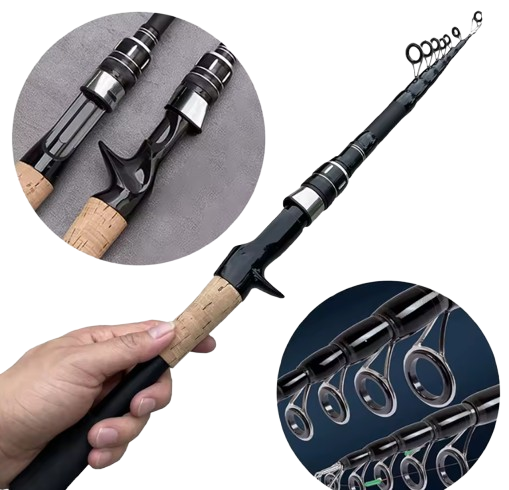
- Key Characteristics: A reel seat is mounted near the top of a casting rod, and the rod is equipped with smaller guide inserts closer together along its length. The objective is to enable anglers to use baitcasting reels. At the same time, casting lures of various sizes and getting maximum precision and control when dealing with heavier lures. Many casting rods have a small grip on the underside of the rod next to the reel seat for improved handling.
- Best For: Anglers looking to fish for large or aggressive species in challenging conditions.
- Pros: Supports highly precise casting and allows you to handle both light and heavy presents well.
- Cons: The technique for operating a casting reel takes time to master. The incorrect handling may cause line tangles known as backlashes. They also tend to be more expensive than spinning rigs
3. Fly Rods
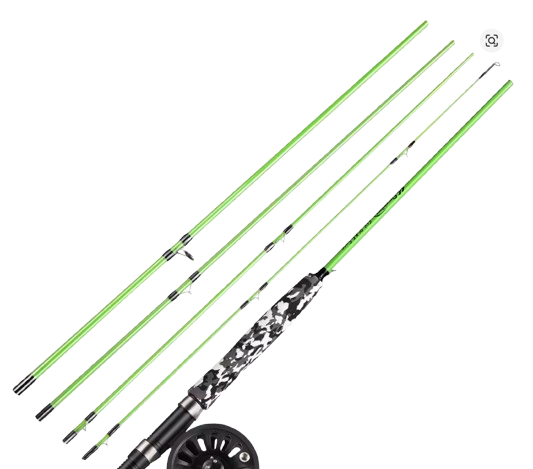
- Key Characteristics: Fly rods are long, thin, and exceptionally flexible to gently cast attenuated artificial flies. They use an extremely heavy amount of fly line to cast the fly the required distance. Fly reels are minimal in design and used to manage the line and control the drag.
- Best For: Catching fish species found in both fresh and saltwater using artificial lures resembling food items of their preferred diet.
- Pros: Gentle casting of flies and a preferred method for catching fish that feed on tiny invertebrates.
- Cons: Might be difficult to learn due to unique casts and shorter ranges, compared to other rods.
4. Surf Rods
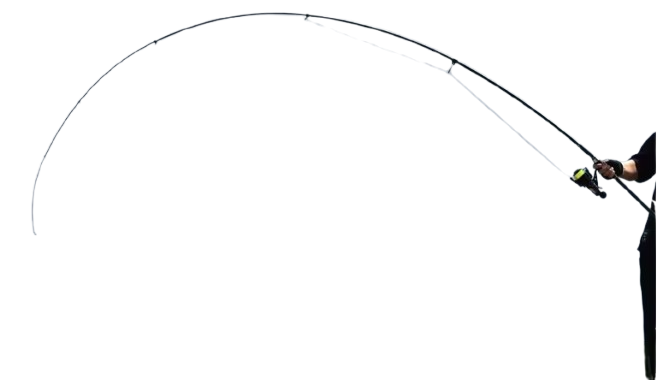
- Key Characteristics: Surf rods are usually between 9 to 15 feet in length and have considerable strength. Its length ensures that your bait reaches the fish well out at sea. They’re constructed to be tough enough to meet saltwater conditions and fight big fish.
- Best For: Fishing in the surf zone along the shore by launching baits and lures to attract fish far offshore.
- Pros: They offer a superior reach for casting to bigger fish in saltwater.
- Cons: May cause fatigue if used for hours, may not respond well to light strikes from fish.
5. Ice Fishing Rods
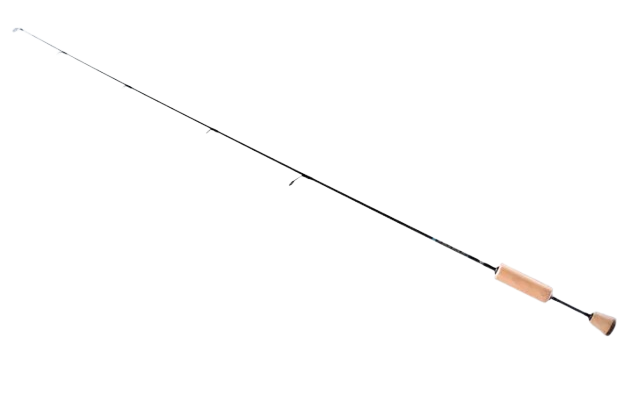
- Characteristics: Ice fishing rods are short, being between 2 and 4 feet long. They’re perfect for angling in frozen bodies of water from inside holes drilled in the ice. These rods are built with highly responsive upper sections that allow an angler to feel even the lightest nibble.
- Best For: Using a fishing rod inside ice-covered bodies of water to catch fish such as perch, walleye, and trout.
- Pros: Perfect for working in close quarters and helps you detect even the subtlest nibbles.
- Cons: Can only be cast short distances and are only used for ice fishing.
6. Ultralight Rods

- Key Characteristics: Ultralight rods are built for throwing light lures and fine lines. Catching anything with an ultralight rod is always an exciting experience.
- Best For: Fishing for panfish (bluegill and crappie) in lakes, trout in quiet streams, and cases where a light approach is necessary.
- Pros: Highly responsive, great fun when trying to reel in little fish, makes it possible to cast the smallest of lures.
- Cons: Not designed to handle larger or more powerful fish, not ideal for thick brush or strong currents, needs to be used with precision.
7. Trolling Rods
- Key Characteristics: Trolling rods are used while a boat is underway as they trail baits or lures through the water. Most trolling rods are shorter in length but highly powerful. They built with a firm action to manage the tension of the water and the pull of a major fish. They usually contain tough reel seats and heavy-duty guides.
- Best For: Catching fish in the ocean or lake by towing lures and baits.
- Pros: Built to withstand the challenges and forces of trolling fishing.
- Cons: Only designed for use during boat trolling.
How To Choose a Fishing Rod For Yourself?
Let’s look at the most important factors to consider when choosing a fishing rod.
Things To Consider When Choosing Rods
- Type of Fishing: The most important thing to consider is the type of fishing you’ll be doing. The conditions and fish you intend to catch will determine which rod type and specifications are best suited for you. An ultralight rod won’t have the strength required for tuna. A heavy surf rod is unnecessary for casting fine lures in a river.
- Angler’s Experience Level: Spinning rods are well-suited for beginners since they provide flexibility and tend to be forgiving for new anglers. With time, you may find yourself wanting to use more advanced fishing rods, such as casting or fly rods.
- The Reel and Line: All three elements of fishing gear should be matched to perform well as a whole. You should choose a rod with an appropriate strength and action to match your line and reel specifications.
- The Techniques: Certain fishing techniques work best with specific traits in a fishing rod. Jigging often works well with a rod that has high sensitivity and a quick response rate. Whereas crankbait fishing tends to be more successful with a rod that has moderate action.
- Budget: Fishing rod prices can vary widely from very cheap to very expensive. Set your budget in advance and look for rods that match your price range. You can still find excellent rods at various price points.
- Rod Power: Power indicates how stiff the rod is when it comes to withstanding pressure. Rod power is typically labeled as ultralight, light, medium-light, medium, medium-heavy, heavy, or extra-heavy. Your rod power choice should align with the type and size of fish you’re going after, and the weight of your lures or hookless bait.
- Budget: Fishing rod prices can vary widely from very cheap to very expensive. Set your budget in advance and look for rods that match your price range. You can still find excellent rods at various price points.
Scenario-Based Recommendations
Let’s put these considerations into practice with some real-world scenarios:
1. For a beginner who is targeting bass or panfish in freshwater
A good choice for beginners would be a moderate-fast action spinning rod ranging between 6 and 7 feet. This allows you to cast a long distance to cover all areas of the pond.
But it also still has the strength needed to play larger fish while also detecting light bites. Spinning reels are a good choice for those just starting because they are very simple to operate.
2. For an Intermediate who is fishing in saltwater from a kayak
A moderately strong and fast-action rod that is around 6.5 to 7.5 feet in length is what you should use.
It’s the shallow curve to give you maximum leverage when fighting powerful gamefish like reds and snook. While also withstanding decent currents and heavier prey.
Casting and spinning are equally valid, based on the angler. It depends on the choice, whichever they are more comfortable with and experienced with handling. A shorter rod could be more manageable in a kayak because it allows for better stability.
3. For an advanced angler who is targeting large catfish in rivers with heavy bait
An extra-heavy power, moderate action casting rod measuring 7 to 8 feet in length is what’s recommended.
Powerful rods are needed to manage the heftiness of heavy bait and the weight of strong catfish. Moderate action provides a more subtle hookset.
Thus, giving the fish time to strike the bait. It’s important to use a durable baitcasting reel with a powerful drag to handle the demands of big-game fishing.
Misconceptions and Questions About Fishing Rods
We have learned about the basics of fishing rods and how to choose a suitable one. Now let’s address some common misunderstandings and frequently asked questions about them:
Common Misconceptions
- Longer rod for casting further?– Casting distance is only increased with a longer rod because of its extended arm length. However, casting technique and rod action also have a major influence. Using a properly balanced, shorter rod and masterful technique can produce similar casting results.
- Are stiff rods more powerful?– Stiffness plays a role in power, but they are different characteristics. A rod can be powerful even if it bends quite a bit. A rod’s power is determined by how much weight it can lift, whereas action describes how flexibly the rod bends.
- Rods made of graphite material are the most sensitive.– Graphite rods are generally known for their high sensitivity. Graphite tends to provide greater sensitivity than fiberglass. But the recent improvements in fiberglass construction have encouraged them to catch up. The detailed construction and quality of the graphite can drastically influence how sensitive a rod is.
- Expensive one always the best?– Despite using premium materials, the best rod for each angler or particular fishing location may not necessarily be the most expensive one. There are many cases where a reasonably priced rod performs better than a more expensive one that doesn’t meet the fisher’s needs.
Common FAQs
What is the best type of fishing rod for beginners?
Beginners most often choose a medium-power, moderate-fast spinning rod since it’s easy to handle and can be used in various freshwater settings.
What’s the difference between freshwater and saltwater rods?
Saltwater rods are specifically made from tough, corrosion-resistant materials to deal with the exceptional conditions in the sea. They frequently deliver a greater backbone for fighting formidable species.
Can I use a freshwater rod in saltwater?
Using a freshwater rod in saltwater for only a short time is possible, but it shouldn’t be done over extended periods. The materials used aren’t corrosion-resistant and can deteriorate in a short amount of time.
What’s the difference between a spinning rod and a casting rod?
The key difference is the location in which the reel is mounted (underneath the rod’s handle on a spinning rod and above for a casting rod), and the reel is designed to pair with each style. Casting rods provide increased strength and precision when using larger lures. Spinning rods are better suited for beginners and for mastering a variety of techniques.
What are fishing rods made of?
Most fishing rods are constructed with fiberglass, graphite (carbon fiber), or a combination of the two in their blanks. They are often designed with cork or foam handles. Guide frames are made of metal and often contain metal or ceramic inserts.
What do the terms “action” and “power” mean about fishing rods?
The action of a fishing rod is determined by where it bends and how quickly it comes back to its original shape. The amount of power is determined by how much weight or pressure the rod can handle before bending.
How long should my fishing rod be?
The optimal length of a fishing rod is determined by the kind of fishing you’re doing, the environment you’ll fish in, and your preferences. A longer rod has greater casting distance, whereas a shorter model allows for greater precision and control.
What are the most durable types of fishing rods?
Fiberglass rods are more durable than other materials because they bend easily and don’t snap as easily.
Are expensive fishing rods worth the money?
Expensive rods often offer benefits like lighter weight, increased sensitivity, higher-quality components, and better overall performance. However, whether they are “worth it” depends on your budget, fishing frequency, and performance demands.
Conclusion
Keep in mind that the right fishing rod can lead to both a more enjoyable and effective time fishing. Familiarizing yourself with the available options, components, and essential features will help you choose a rod that caters to your specific needs and desires.
Accessing this information will allow you to choose the best fishing rod for any level or style of fishing. Take some time to learn more about the different types of fishing rods available and choose the one that fits your style and preferences perfectly. Happy fishing!



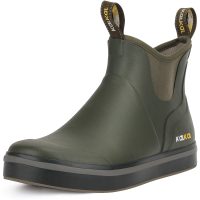
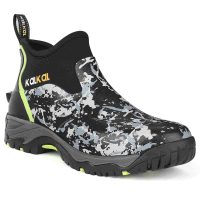

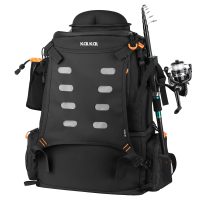





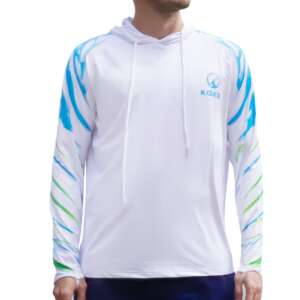
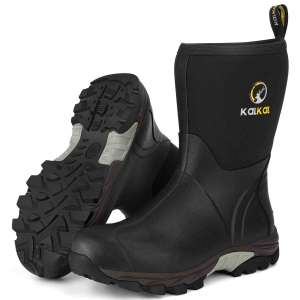
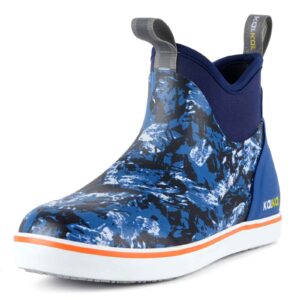
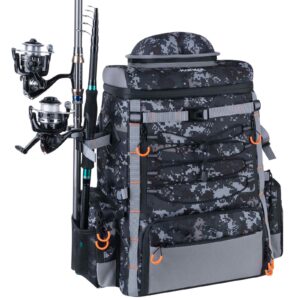
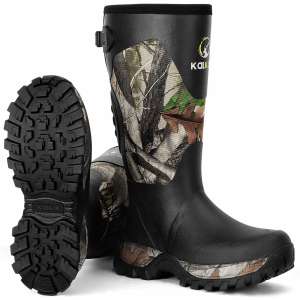
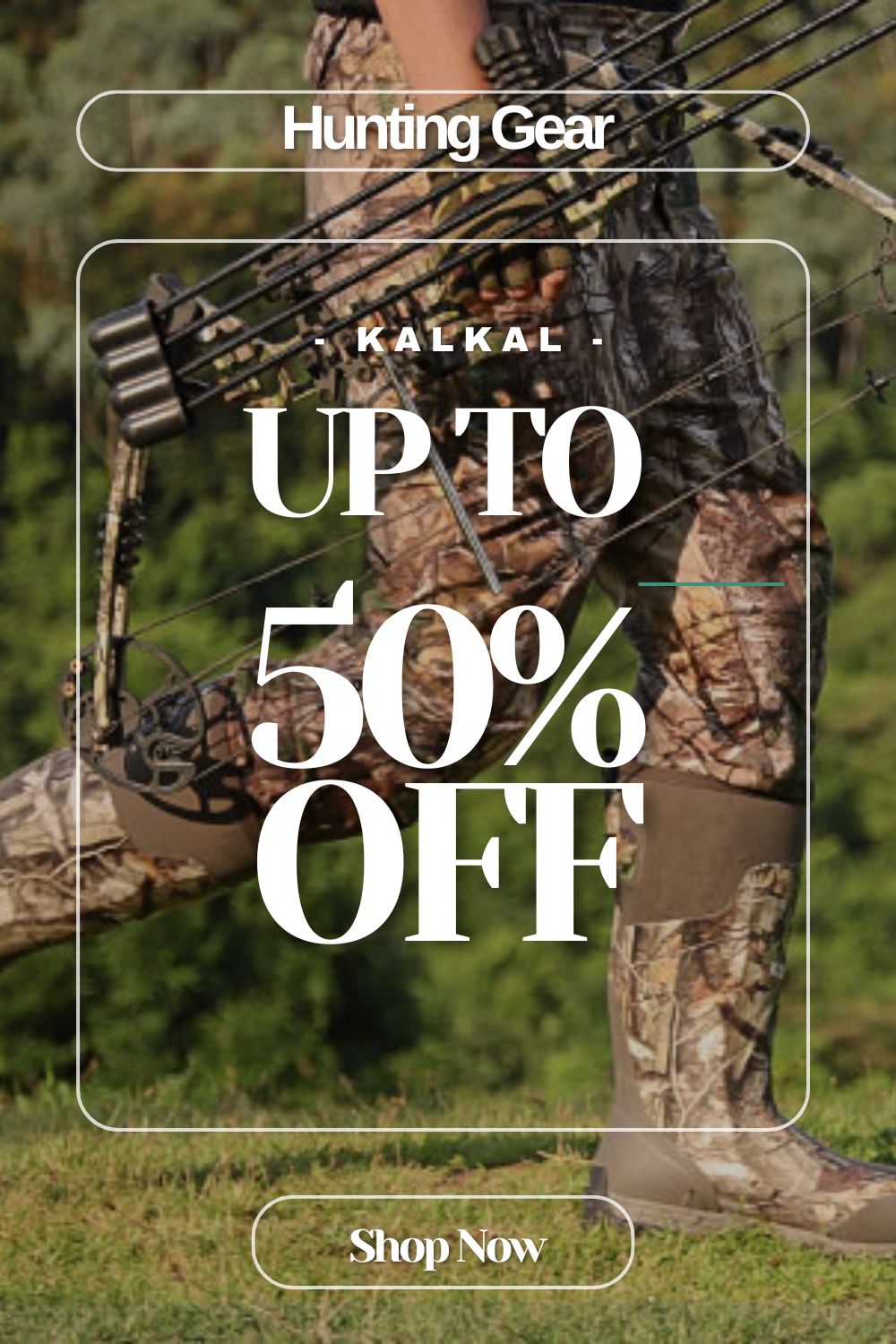

Leave a reply